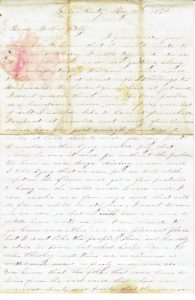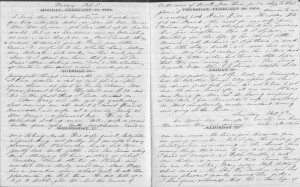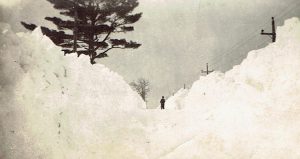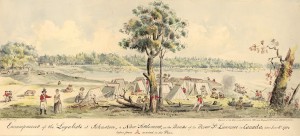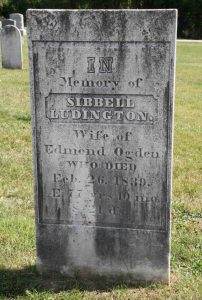
Paul Revere’s famous ride is often the jumping off point for thinking about the Revolutionary War. But there is a lesser known patriot – a woman, too – who helped win the war and changed the course of history.
Her name was Sybil Ludington, and she was born 5 April 1761 in Connecticut as the eldest child of Henry and Abigail Ludington. On the rainy night of 25 April 1777, as British troops were advancing to attack Danbury, Connecticut, Sybil, only 16 years old at the time, took off on her famous 40 mile horseback ride to alert approximately 400 militiamen under the control of her father, Colonel Henry Ludington. She was chosen for the task because the original messenger, who had ridden to notify her father of the advancing British troops, was too tired from his first trip and could not proceed. Continue reading In praise of Sybil Ludington

